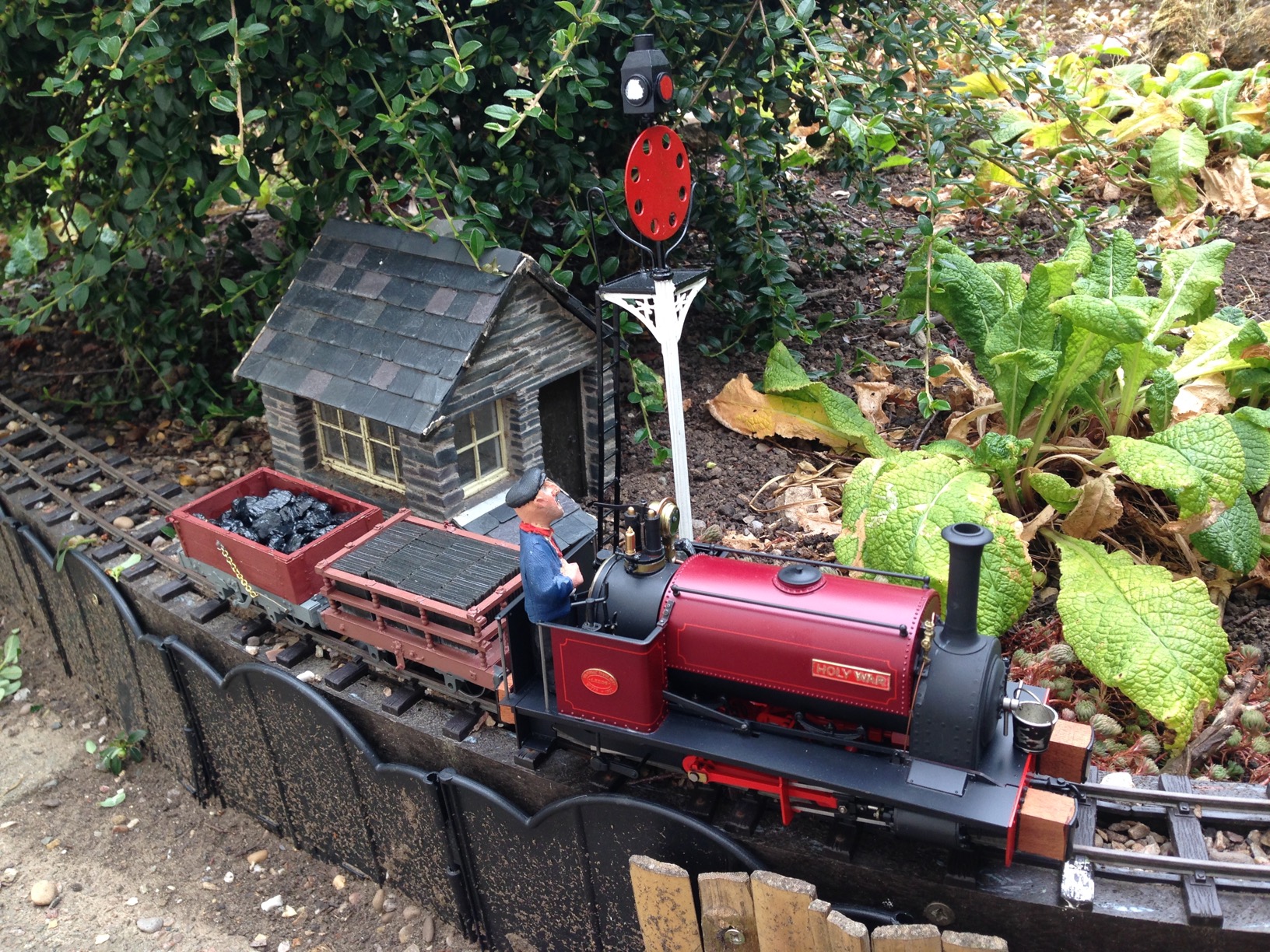Amateur Radio
Amateur Radio (often called 'Ham Radio' for reasons lost to the mists of time) brings people, electronics and communication together. Our regulated licences allow us to talk across town, around the world, or even into space, all without the Internet or mobile phones. It's fun, social, educational, and can be a lifeline during times of emergencies when other systems fail.

This screen-shot indicates a snap-shot of amateur activity for one early evening. The purple icons are satellites used to amateur radio and the current path of the ISS is also shown (the ISS has astronauts who are licenced radio amateurs ).
I passed my City and Guilds exam (modern requirements are different) and won my licence in 1972, gaining the callsign G8GJC. My first 'radio shack' was a shed at the bottom of the garden: there's a picture of that in the sidebar. Today is an entirely different landscape: software-defined radio has usurped the old technology; digital modes offer entirely different forms of communication, and amateurs have access to their own satellites.
I enjoy operating at low-power levels - seeing how far a few Watts will take me. Voice contact sits alongside the digital modes (including good old Morse Code).
The table below indicates some of my recent interesting contacts.
The RSGB is our national Society
Miniature Railways
 I have enjoyed driving locomotives in a number of gauges from 10 1/4" beasts to 3 1/2" wonders; but in truth, I now prefer running the smaller 16mm gauge live-steam locos (the red one in the sidebar is coal-fired). Lilla is gas-fired and nicely lined-out in the livery of the Penrhyn Quarry Railway where she worked for so many years; The two-foot prototype Lilla is now preserved on the Festiniog Railway.
I have enjoyed driving locomotives in a number of gauges from 10 1/4" beasts to 3 1/2" wonders; but in truth, I now prefer running the smaller 16mm gauge live-steam locos (the red one in the sidebar is coal-fired). Lilla is gas-fired and nicely lined-out in the livery of the Penrhyn Quarry Railway where she worked for so many years; The two-foot prototype Lilla is now preserved on the Festiniog Railway.Butterley Garden Railway is my friendly local club and 16mm NGM is our national Association.
p.s. I have a thing about railway signals



